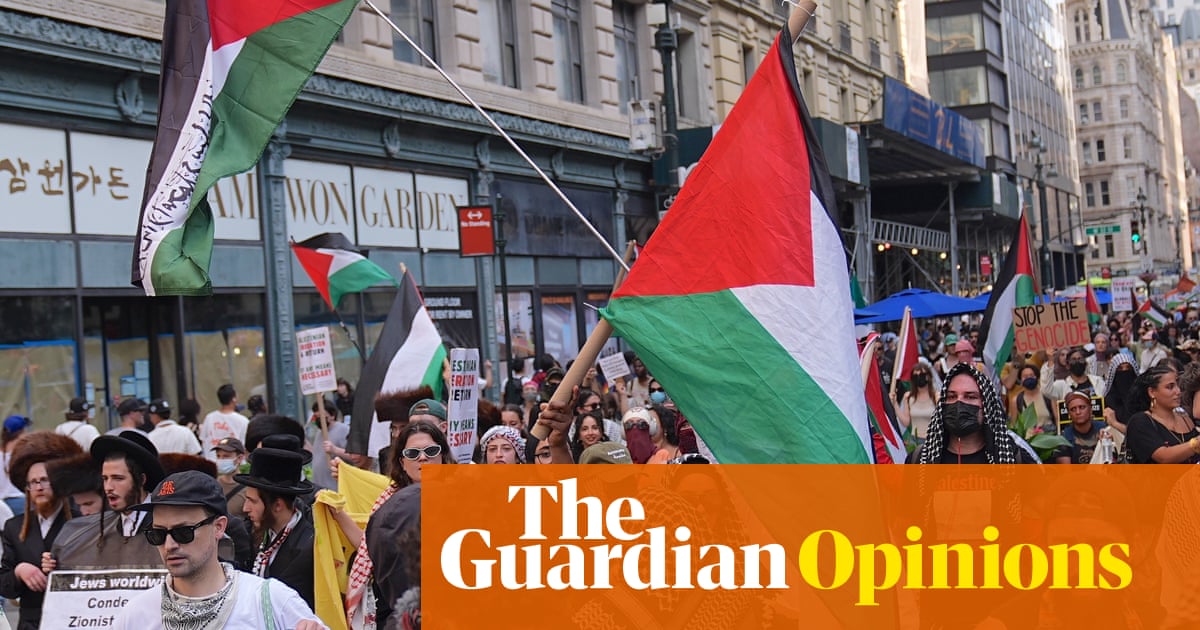Six months into his second term, Donald Trump has announced a new sweeping travel ban that could reshape the US’s borders more dramatically than any policy in modern memory. The proposed restrictions, revealed through a presidential proclamation on Wednesday, would target citizens from more than a dozen countries – creating a three-tiered system of escalating barriers to entry.
The proposal represents one of the most ambitious attempts to reshape the US’s approach to global mobility in modern history and potentially affects millions of people coming to the United States for relocation, travel, work or school.
What is a travel ban?
A travel ban restricts or prohibits citizens of specific countries from entering the United States. These restrictions can range from complete visa suspensions to specific limitations on certain visa categories.
Trump’s day one executive order required the state department to identify countries “for which vetting and screening information is so deficient as to warrant a partial or full suspension on the admission of nationals from those countries”.
His travel ban proclamation referenced the previous executive order, as well as the recent attack by an Egyptian national in Boulder, Colorado, upon a group of people demonstrating for the release of Israeli hostages in Gaza.
What is a presidential proclamation?
A presidential proclamation is a decree that is often ceremonial or can have legal implications when it comes to national emergencies.
Unlike an executive order, which is a directive to heads of agencies in the administration, the proclamation primarily signals a broad change in policy.
Which countries are listed in the travel ban?
The following countries were identified for total bans of any nationals seeking to travel to the US for immigrant or non-immigrant reasons:
-
Afghanistan
-
Burma
-
Chad
-
Republic of the Congo
-
Equatorial Guinea
-
Eritrea
-
Haiti
-
Iran
-
Libya
-
Somalia
-
Sudan
-
Yemen
He’s also partially restricting the travel of people from:
-
Burundi
-
Cuba
-
Laos
-
Sierra Leone
-
Togo
-
Turkmenistan
-
Venezuela
Why were these countries chosen?
The proclamation broadly cites national security issues for including the countries, but specifies a few different issues that reach the level of concern for the travel ban.
For some countries, such as Afghanistan, Eritrea, Somalia, Sudan, Yemen, Libya and Venezuela, the proclamation claims that there is no reliable central authority for issuing passports or screening and vetting nationals traveling out of the country.
For other countries, such as Burma, Chad, Republic of Congo, Equatorial Guinea, Eritrea, Haiti, Burundi, Laos, Sierra Leone, Togo and Turkmenistan, the proclamation cites a high rate of immigrants overstaying their visas in the US.
Finally, there are several countries that are included because of terrorist activity or state- sponsored terrorism, including Iran, Afghanistan, Libya, Somalia, Iran and Cuba.
How does this travel ban differ from the one in 2017?
The 2017 ban initially targeted seven predominantly Muslim countries before expanding to include North Korea and Venezuela. This new proposal is broader and also makes the notable addition of Haiti.
During his 2024 campaign for the presidency, Trump amplified false claims made by his running mate, JD Vance, that Haitian immigrants in Springfield, Ohio were “eating the pets of the people that live there”. The proclamation falsely claims that “hundreds of thousands of illegal Haitian aliens flooded into the United States during the Biden administration” and this “influx harms American communities”. In fact, about 200,000 Haitians were granted temporary protected status, which gives legal residency permits to foreign nationals who are unable to return home safely due to conditions in their home countries.
Also notable are the restrictions on Afghans, given that many of the Afghans approved to live in the US as refugees were forced to flee their home country as a result of working to support US troops there, before the full withdrawal of US forces in 2021. The agreement with the Taliban to withdraw US troops was negotiated by Trump during his first term.
Last month, homeland security secretary Kristi Noem announced “the termination of temporary protected status for Afghanistan”, effective 20 May.
How does the travel ban affect H-1B, green card and other visa holders?
The draft proposal leaves crucial questions unanswered about existing visa holders, and sets a concerning precedent following recent actions to kick out residents or bar others from re-entering the country. The administration is attempting to revoke the green card of a Syrian-born Palestinian student with Algerian citizenship, Mahmoud Khalil, over his role in Columbia University’s campus protests, arguing that his free-speech stances are a threat to US foreign policy.
A Brown University doctor on an H-1B visa was not allowed to re-enter the United States after attending the former Hezbollah leader Hassan Nasrallah’s funeral in Lebanon, and a postdoctoral researcher at Georgetown on a student visa was detained in the middle of the night in Arlington, Virginia, possibly over suspicion that he and his wife – a US citizen – oppose US foreign policy on Israel.
For employers, the ban threatens significant workforce disruptions across tech, healthcare and education sectors, potentially making companies unable to hire from red-listed countries and causing delays from orange-listed nations. The impact could be particularly severe for international Stem talent, medical professionals and academic recruitment.
The education and health industries alone employ about 5.5 million foreign-born workers.

 German (DE)
German (DE)  English (US)
English (US)  Spanish (ES)
Spanish (ES)  French (FR)
French (FR)  Hindi (IN)
Hindi (IN)  Italian (IT)
Italian (IT)  Russian (RU)
Russian (RU)  3 weeks ago
3 weeks ago
























Comments